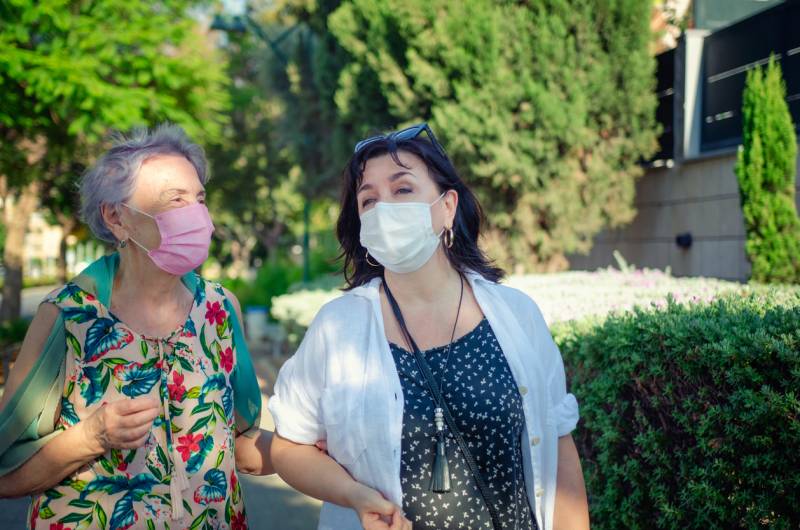Note: To respect the privacy of the family in this story, and because of sensitivity around their work visa, we are not using their full names.
One evening in August, Johnny was at home with his family in Europe when his phone rang. It was the director of his mother’s assisted living facility in Oakland, with news he had dreaded for months: His mother tested positive for the coronavirus. The director said his mother was asymptomatic. But she hadn’t eaten in days.
Johnny was halfway across the world from his mother. He had a newborn daughter to care for, and his visa application process was in limbo. Once he left Europe, he didn’t know when he’d be allowed back. But something told him his mother’s life might be at risk.
“I lost all trust in the information they were giving me,” Johnny said in a recent phone interview. “I had to come back.”
Since the onset of the pandemic, Johnny’s experience has become all too typical. Residents in assisted living facilities and nursing homes have accounted for more than a third of coronavirus deaths statewide. But until recently, California care home populations were reaching record highs. From 2012 to 2019 alone, assisted living populations statewide grew by 30%. For thousands of families like Johnny’s, these facilities once seemed safer than leaving an aging parent at home. Now, some of these families are grappling with what to do next.

